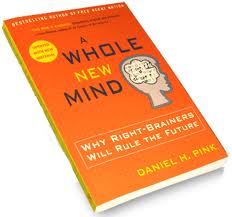I am pleased to announce that Eric Maisel will be stopping by as part of his blogtour to promote his latest book Ten Zen Seconds: Twelve Incantations for Purpose, Power and Calm.
Eric Maisel, Ph.D., is the author of more than thirty books and is widely regarded as America’s foremost creativity coach. He has presented nationally and internationally on subjects like personal creativity, creativity coaching, Zen and creativity, and mindfulness practices for the creative person.
Dr. Maisel holds undergraduate degrees in philosophy and psychology, master’s degrees in creative writing and counseling, and a doctorate in counseling psychology. He is a California licensed marriage and family therapist, a creativity coach and trainer of creativity coaches, a columnist for Art Calendar Magazine, provides regular segments for Art of the Song Creativity Radio, and teaches Ten Zen Second techniques through lectures, workshops, and teleseminars.
- Stay tuned next week for more information.







